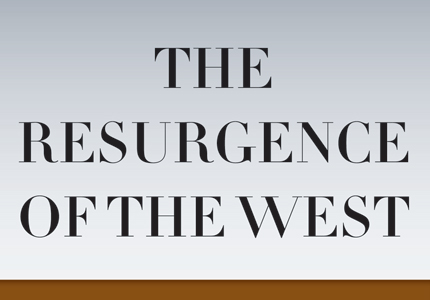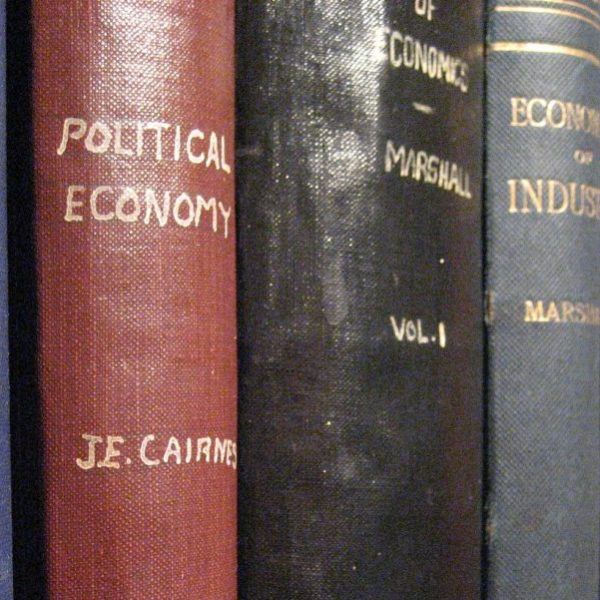Finding Room to Grow Peacefully through a Transatlantic Union
 Given the failure of the World Trade Organization (WTO) Doha round of tariff cuts, the world economy has remained partly closed: agriculture is protected and one cannot freely sell industrial goods to developing nations. After the economic temblors of 2008, the prospect of American and European decline captures headlines and agitates the best minds of our time. With a unique perspective on the problem, Richard Rosecrance, a distinguished professor of public policy, has a surprising remedy to solve both problems, presented in his new book The Resurgence of the West. Rosecrance proposes an economic union between the United States and the European Union. By opening lines of free trade in a partly closed world, such a union would provide both sides with new economic markets and offer a joint resumption of economic leadership.
Given the failure of the World Trade Organization (WTO) Doha round of tariff cuts, the world economy has remained partly closed: agriculture is protected and one cannot freely sell industrial goods to developing nations. After the economic temblors of 2008, the prospect of American and European decline captures headlines and agitates the best minds of our time. With a unique perspective on the problem, Richard Rosecrance, a distinguished professor of public policy, has a surprising remedy to solve both problems, presented in his new book The Resurgence of the West. Rosecrance proposes an economic union between the United States and the European Union. By opening lines of free trade in a partly closed world, such a union would provide both sides with new economic markets and offer a joint resumption of economic leadership.
Rosecrance argues that the growth that the United States previously enjoyed was that of settling and populating a transcontinental land mass. Now, the US has nowhere else to go within its own boundaries. Historically great nations gained power through military expansion, conquering new territory and gaining new resources and population. Rome famously aggrandized so much land that it could not defend its hostilely extended borders and the system ultimately broke apart. Today, however, great nations can use diplomacy to create free trade unions among them, enabling economic growth without war as a means of expansion.
Why is size so important?
Rosecrance explains, “In nominal terms, the international economy has grown by a factor of sixty in the past half century. Facing such massive wealth, countries need size to cope with the bigger scale of international factor movements and financial flows.”
Equally important, the United States and the European Union need to join to confront the challenge of China, soon to become the largest country in economic terms. Before 1914, no Great Power could overawe rising Germany; there was a bare balance between Triple Alliance and Triple Entente. China, on the other hand, could be attracted by a united West (Europe and the United States) that mustered nearly half of World GDP. China would need to sell to such a huge market and would remain at least partly dependent on the technology of the West. Rosecrance boldly contends that peace could be assured by the dynamic force of the joined economies of United Europe and the United States. Balanced power creates and sustains antagonism between the two opposed sides, but an overbalance attracts the lesser party to join a peaceful assemblage of states, avoiding war between them.


























